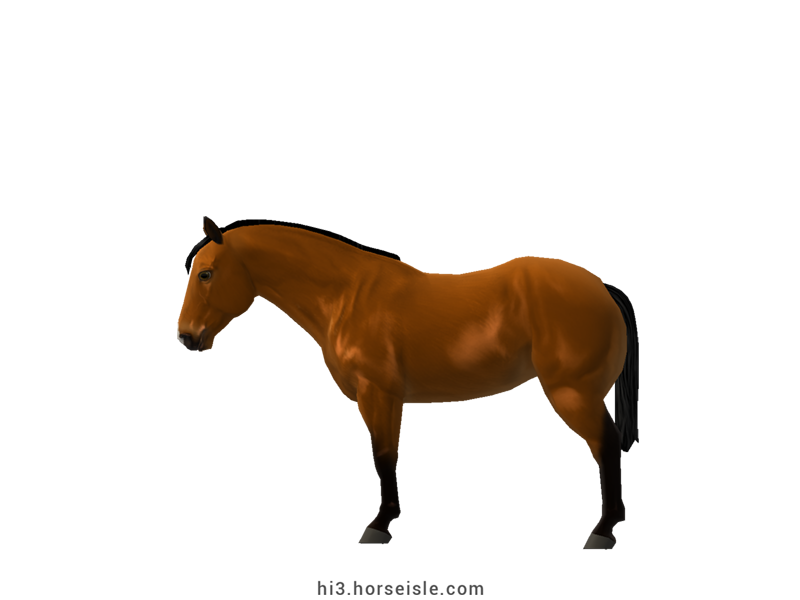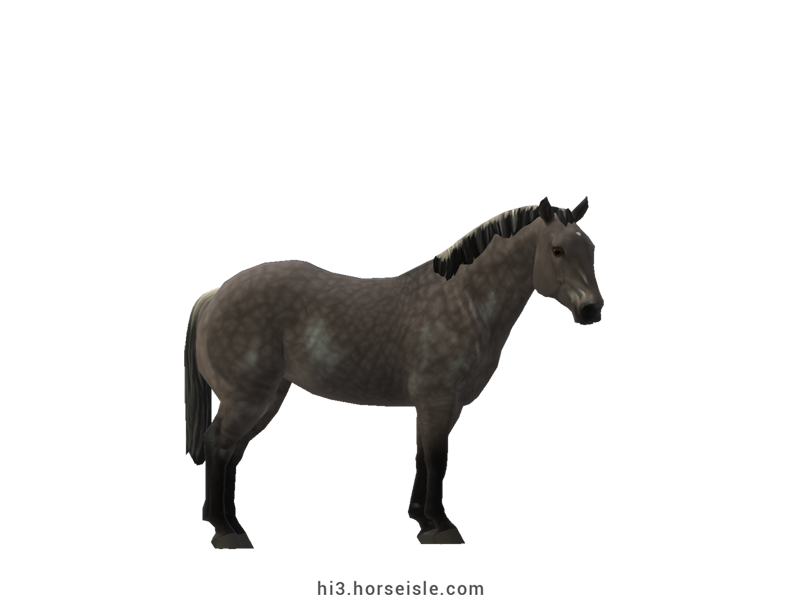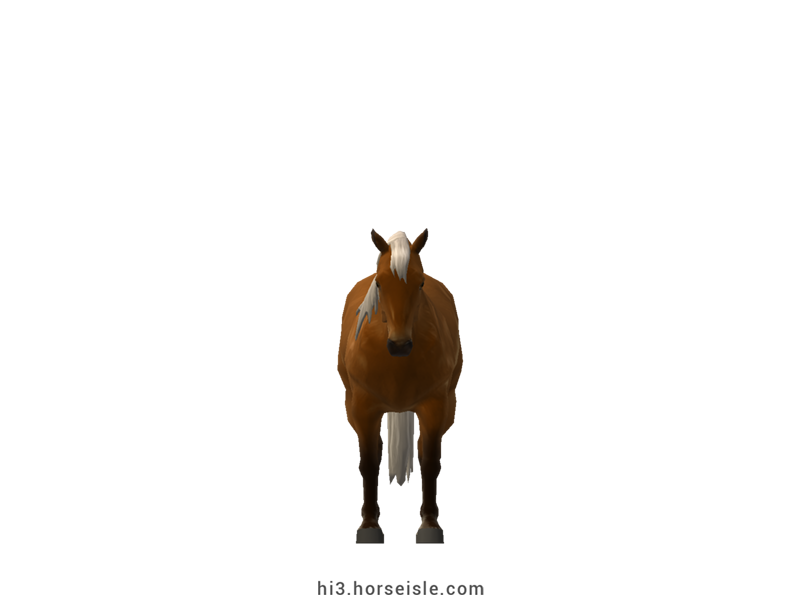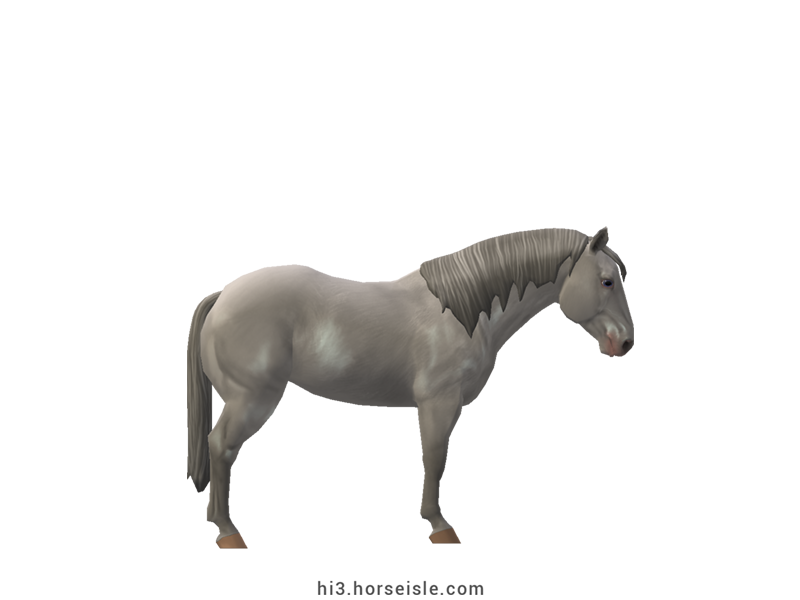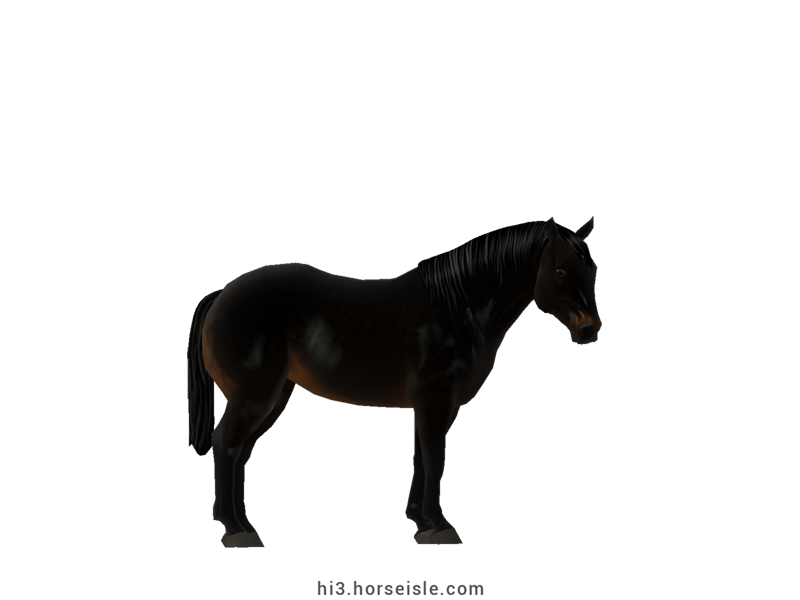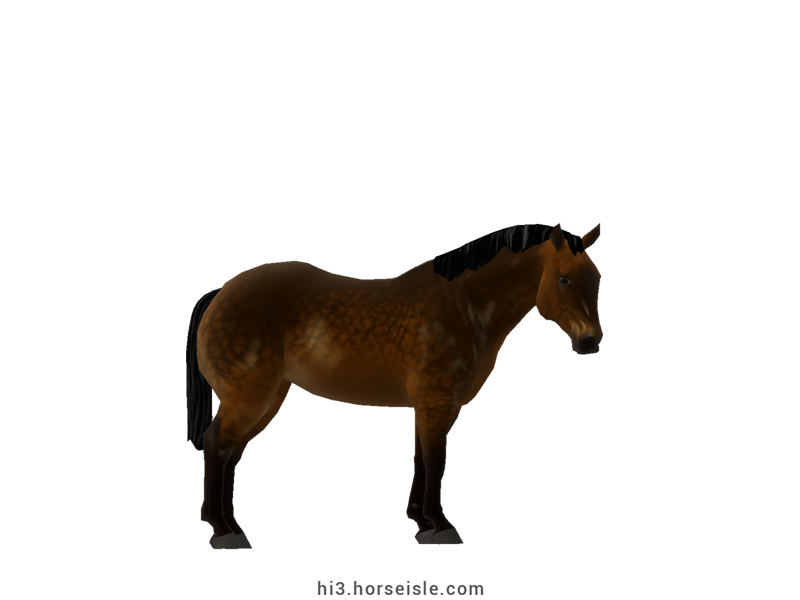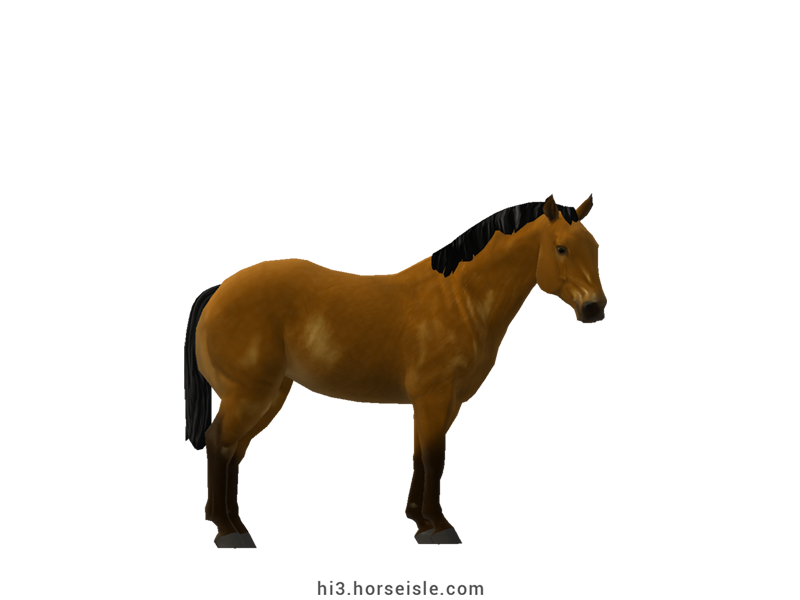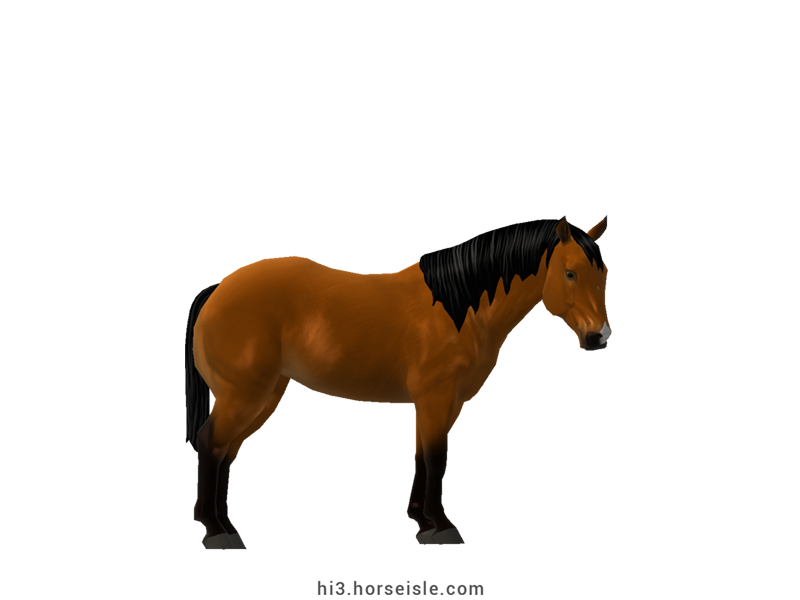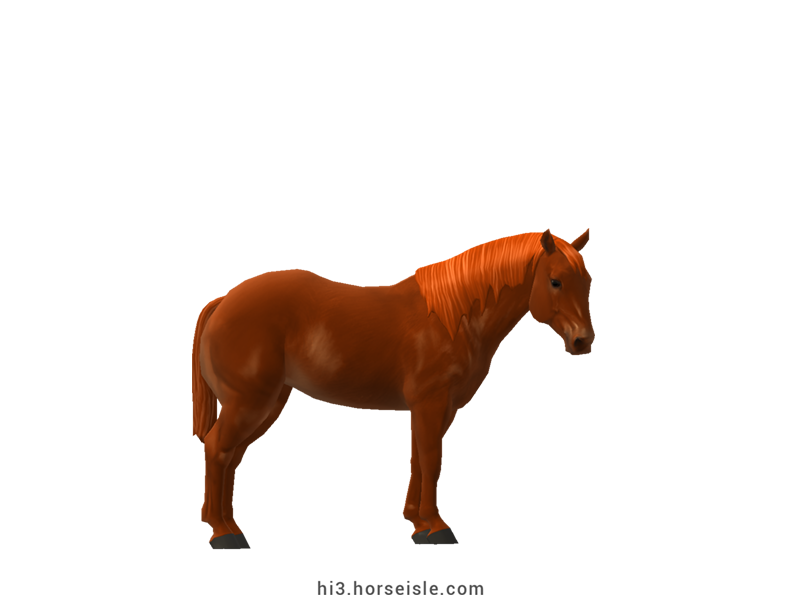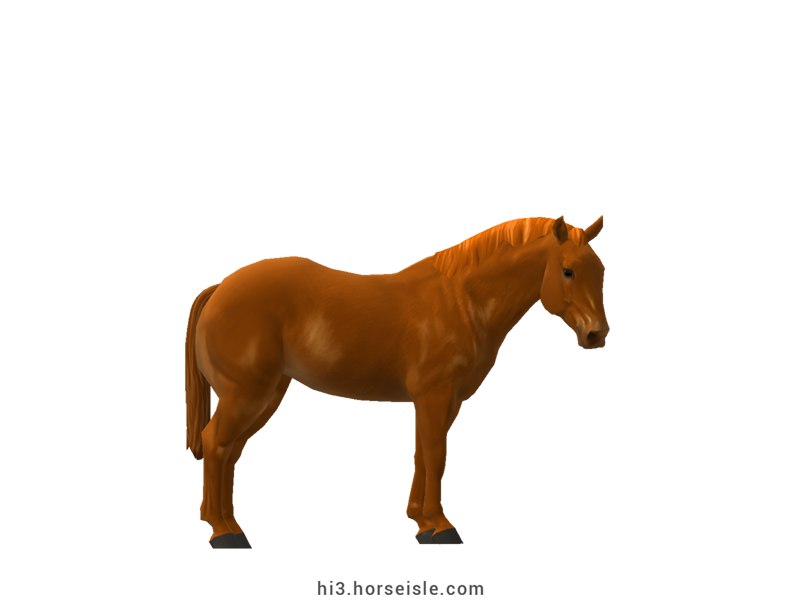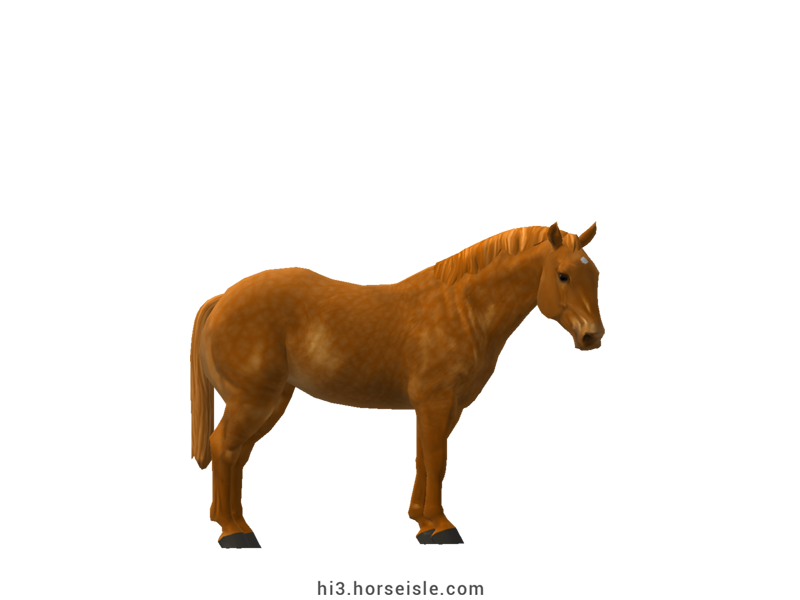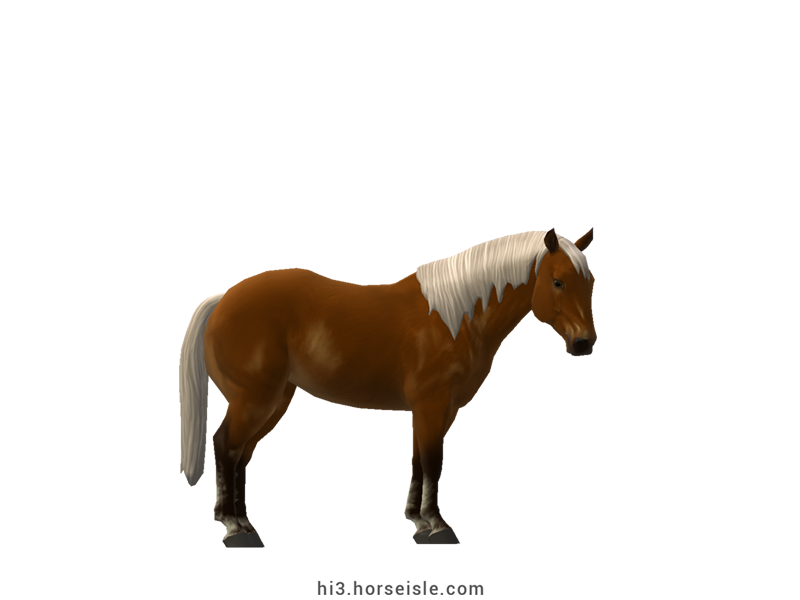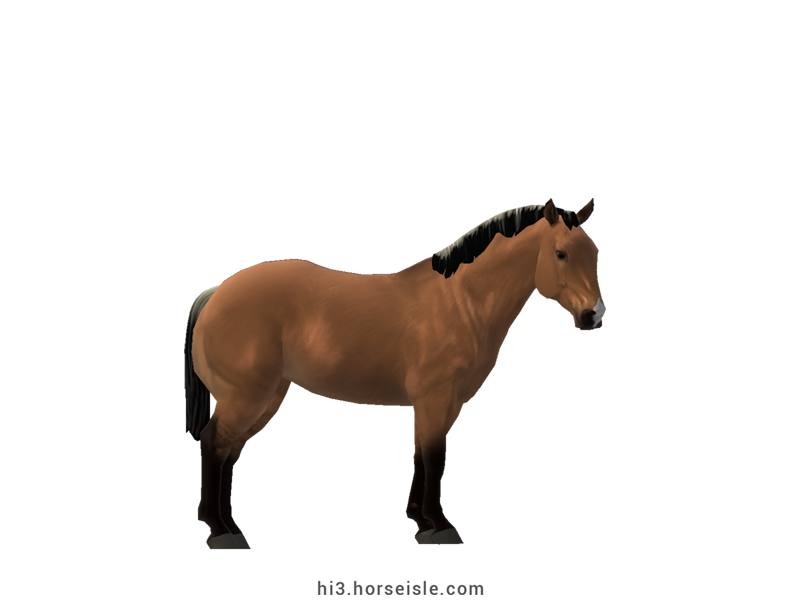Our Massive Real World Equine Reference!
[ INDEX ] Equine Type: Horse Breed: Foundation Quarter Horse (FQH) [ PREV ] [ NEXT ]
The Foundation Quarter Horse vs. the 'regular' Quarter Horse:
During the 20th century, the American Quarter Horse was greatly influenced by the Thoroughbred. Today, most Quarter horses have more than 20% Thoroughbred blood in them, and are not considered as Foundation Quarter Horses. Therefore, Foundation Quarter Horses are a rare type of Quarter Horses.
The development of the Foundation Quarter Horse:
Quarter Horses were developed during the 17th century in the Eastern coast of the area which will later become the USA. Thoroughbred stallions, most notably a stallion named Janus, were crossed with local horses to develop the Quarter Horse.
These original Quarter Horses, which are today known as 'Foundation Quarter Horses' were shorter, wider, and stockier than the modern Quarter Horses, but were nevertheless strong and versatile. They pulled wagons, worked in the fields, carried riders for long distances, worked cattle, and performed a variety of additional roles during the 18th and 19th centuries, most notably during the Westward Expansion, which was the settlement process of the western part of North America.
Foundation Quarter Horses were highly valued by the American settlers because of their agility, strength, acceleration, speed, cow-sense, and their comfortable and kind personality. In fact, these horses were so beloved that they were nicknamed "Bulldog" and "Steel Dust" horses - nicknames given to them by the settlers.
Decline:
Unfortunately, the popularity of Foundation Quarter Horses declined during the 20th century, when flat-races became popular in the USA, and the Foundation Quarter Horses could not beat the Thoroughbred horses who had better endurance.
In an attempt to improve the endurance of their Quarter Horses, many breeders decided to cross their horses with Thoroughbred horses. As a result, the conformation of the Quarter breed was altered as well, and some say that its original qualities were severely damaged.
On top of this, the Foundation Quarter Horses type received another blow when its conformation wasn't desirable anymore in Quarter Horse halter classes.
Saved from extinction:
By the end of the 20th century, due to lack of breeding, the old Foundation type was on the brink of extinction. Luckily, in 1995 the American Foundation Quarter Horse Association was established, with the aim of saving the original type of Quarter Horse. Every Quarter Horse with 75% pure Quarter blood (the limit was increased to 80% in 1996, and to 85% in 2018) was considered as being of the Foundation type, and careful breeding of these horses ensured the survival of the Foundation Quarter Horse type.
Performance metrics:
The following are the: range, average, (SD), and MOE of performance metrics of ordered Foundation Quarter Horses in Horse Isle (not bred ones). In rare cases,
Speed: 15.6-16.9, 16.2 (0.3), 0.05.
Sprint: 74-87, 81 (3), 0.57.
Accel: 1.22-1.41, 1.30 (0.04), 0.01.
Decel: 1.12-1.29, 1.21 (0.03), 0.01.
Jump: 4.99-5.25, 5.12 (0.05), 0.01.
Pull: 2.91-3.53, 3.24 (0.13), 0.02.
Turning: 67.9-81.88, 75.5 (2.83), 0.56.
Reverse: 3.2-3.7, 3.4 (0.1), 0.02.
Stamina: 55.72-60.07, 57.81 (0.88), 0.17.
Reaction: 0.78-0.86, 0.82 (0.02), 0.00.
Coats & Height:
Colors: all colors except for dominant black, dominant white, mushroom, and pearl.
Cream-dilutes and champagne: although double-cream dilutes and champagne are not allowed in the official breed standard, there are approved Foundation Quarter Horse stallion who have double-cream diluted or champagne coats, hence why these colors are found in the FQH in Horse Isle.
Additionals: flaxen, linebacked, minimal-mealy, rabicano, roan, sooty.
Markings: leg markings that extend above the hocks or knees, and facial markings that extend beyond the eyes, are not permitted.
Height: 14hh to 15hh, with most of them being around 14.2hh.
[ INDEX ] [ PREV ] [ NEXT ]

